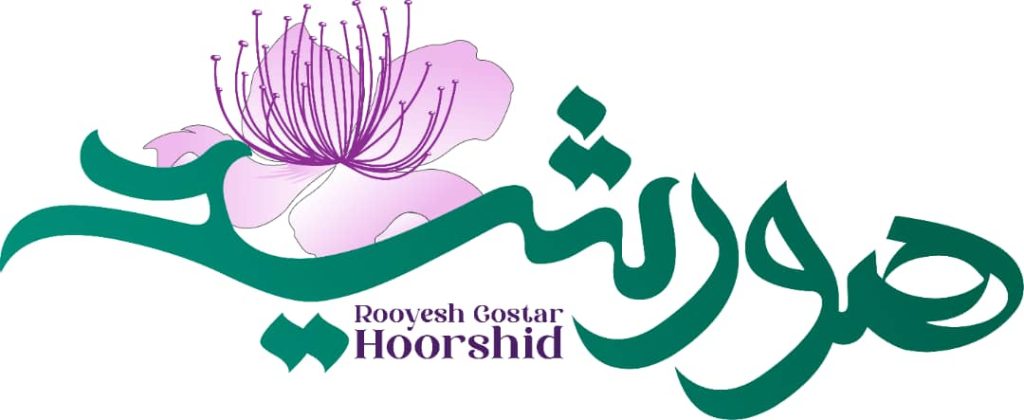In today’s world, farmers and researchers are constantly searching for plants that not only possess medicinal and therapeutic properties but also have the potential for economical cultivation in various regions. One such plant that has recently attracted significant attention is the caper plant, scientifically known as Capparis spinosa. This drought-resistant plant, which thrives in saline soils and high temperatures, is not only valuable for its medicinal and culinary uses but also holds great potential in the export industry.
Introduction to the Caper Plant
The caper plant (Capparis spinosa) is a resilient shrub that grows naturally in various regions of Iran. Due to its distinctive characteristics, especially its ability to adapt to harsh environmental conditions, this plant has become an important component in sustainable agriculture. It thrives in poor soils and warm, dry environments, making it a valuable agricultural crop. Economically, the plant holds substantial value.
Its resistance to drought, salinity, and water scarcity allows the caper plant to stand out as a quick-yielding and adaptable crop. In southern regions of Iran, especially in provinces like Shush and Fars, it shows high potential for development and widespread cultivation.
Medicinal Benefits and Uses of Caper
The caper plant is not only rich in medicinal properties but also offers usable applications for all its parts, including flowers, buds, fruits, stems, leaves, and roots. It is effective in treating various ailments and health conditions. Some of its benefits include:
- Reducing and controlling diabetes: Caper contains beneficial compounds that help regulate blood sugar levels, making it useful for diabetes management.
- Treating liver diseases: Certain compounds in capers can improve liver function and assist in treating hepatic conditions.
- Anti-inflammatory and antioxidant properties: Due to its anti-inflammatory and antioxidant content, the caper plant contributes to strengthening the immune system and preventing chronic illnesses.
Economic Potential of the Caper Plant
One noteworthy aspect of the caper plant is its significant economic value. It offers products that are useful in food and pharmaceutical industries, including:
- Caper pickles: Pickled caper buds are nutritional with high market demand. Prices on the international market, particularly in Europe, can range between 100,000 to 200,000 IRR per kilogram.
- Pharmaceutical products: Extracts and medicinal applications derived from the caper plant are marketable in Arab countries, where they can fetch prices as high as $200 USD per kilogram.
- Cultivation and export: The caper plant has much potential for export due to its high-quality yields. Technology innovation by Iranian companies in producing seedlings for this plant has considerably improved its production and availability.
Agricultural and Sustainable Development Advantages
One of the unique advantages of the caper plant is its ability to grow in difficult climatic conditions. It thrives effectively in arid lands and deserts, playing an essential role in desert reclamation. The Iran Natural Resources and Watershed Management Organization has introduced capers as a suitable plant for combating desertification and revitalizing barren lands.
Additionally, cultivating capers in low-water and dry regions is viewed as an effective strategy against water shortage crises. With minimal water needs, the plant can grow in salty and poor soils, making it indispensable as an eco-friendly solution.
Final Thoughts
Considering its unique characteristics such as resistance to drought, salinity, and heat, along with its medicinal and economic value, the caper plant emerges as a sustainable agricultural option for Iran. Its export potential could aid the economic growth of arid and low-water regions.
Investing in the cultivation and production of the caper plant, especially in southern and desert regions, could provide valuable opportunities for farmers and producers while simultaneously addressing economic and environmental challenges in these areas.

 فارسی
فارسی  العربية
العربية 






